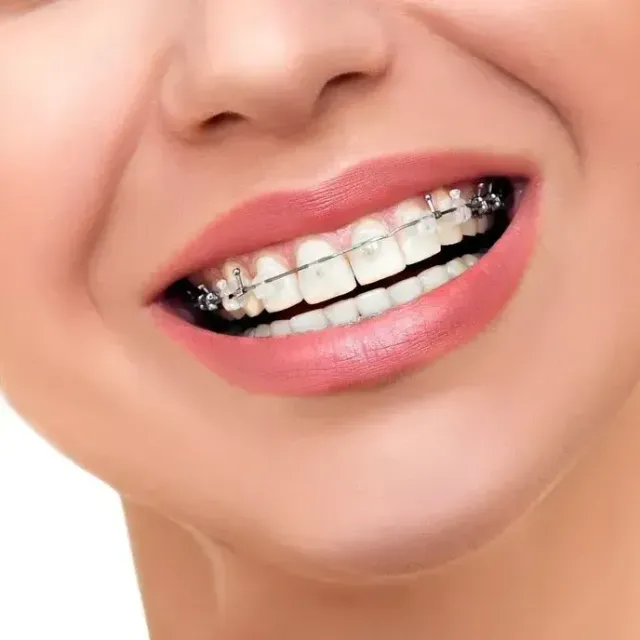If you're beginning orthodontic treatment, you might be wondering, "How do braces actually work?" Braces are carefully designed dental devices that use constant, gentle pressure over time to shift Orthodontists in Dubai into their ideal positions. Through a combination of brackets, wires, and elastic bands, braces improve both the function and appearance of your bite and smile. The science behind how braces work is both fascinating and effective.
The Components of Braces:
Understanding what braces are made of is the first step to learning how they function. Each part plays a vital role in applying force to the teeth and directing their movement.
- Brackets: Small metal or ceramic squares bonded to each tooth
- Archwire: A thin metal wire that connects the brackets and guides the teeth
- Ligatures: Elastic bands that hold the archwire to the brackets
- Spacers: Rubber rings placed between molars to create space for bands
- Bands: Metal rings that may be placed around back teeth for added support
How Braces Move Teeth?
To answer how braces actually work, it’s important to understand the biological process. Teeth are anchored in bone but can be moved because bone tissue is constantly remodeling.
- The archwire applies pressure, pulling or pushing the teeth in a certain direction
- This pressure causes bone around the tooth to break down on one side and rebuild on the other
- The periodontal ligament allows the tooth to shift within the bone structure
- Regular adjustments gradually guide teeth into the correct alignment
- The entire process is slow to protect the integrity of your teeth and jaw
The Role of Adjustments and Appointments:
Braces require ongoing supervision to ensure they’re doing their job. That’s why patients must visit the orthodontist every few weeks for adjustments.
- Adjustments involve tightening or replacing the archwire to continue applying pressure
- Elastic bands may be added to correct bite alignment or close gaps
- These visits allow your orthodontist to monitor progress and make necessary changes
- Adjustments may cause temporary soreness, but they are essential to effective treatment
- The frequency of visits typically ranges from every 4 to 8 weeks
Variations in Braces and Their Functions:
Braces aren’t one-size-fits-all. Different types of braces can work in slightly different ways depending on your needs, appearance preferences, or comfort level.
- Metal braces: Traditional and effective, ideal for complex cases
- Ceramic braces: Function like metal braces but are less noticeable
- Lingual braces: Placed behind the teeth and work similarly but discreetly
- Clear aligners: Removable trays that gradually move teeth with pre-designed force
- Each option still relies on the principle of sustained pressure to shift teeth
What Happens After the Braces Come Off?
Braces don’t end with removal—the final stage is just as important. Once the teeth are aligned, they must be stabilized to prevent them from shifting back.
- Retainers are used to keep teeth in place after braces
- Some retainers are removable, others are bonded to the back of the teeth
- Wearing a retainer consistently is critical to maintaining results
- Bone and tissues need time to solidify around the new positions of teeth
- Follow-up appointments ensure your smile stays in place for life
A Smart and Scientific Smile Makeover:
So, how do braces actually work? They use calculated, continuous pressure to slowly move your teeth into better alignment. With the help of your Orthodontists and proper care, braces transform not only how your teeth look but also how they function. Whether you choose metal braces, ceramic options, or clear aligners, the underlying science remains the same—and the results are worth the time and effort.

